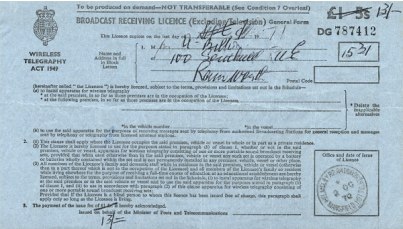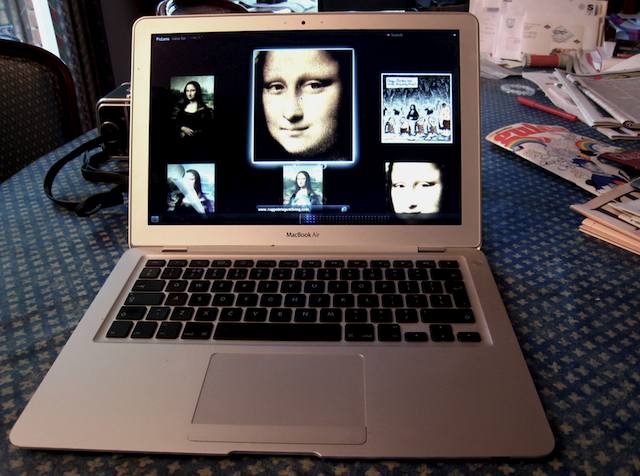We’ve become accustomed to websites which affect to ‘personalise’ pages based on the use of cookies. But here’s an interesting piece in Technology Review about technology developed at MIT’s Sloan School of Management which adapts to unknown users within the first few clicks on the website by analyzing each user’s pattern of clicks.
John Hauser, a professor of marketing at the Sloan School and the lead author of a paper on the research that is slated to appear in Marketing Science, explains that a website running the system would detect a user’s cognitive style. It would watch for traits, such as whether or not the user is detail oriented, and morph to complement that style. The changes would be subtle. “Suddenly, you’re finding the website is easy to navigate, more comfortable, and it gives you the information you need,” Hauser says. The user, he says, shouldn’t even realize that the website is personalized.
This innovative approach to website personalization could revolutionize how users experience digital interactions, making them feel seamlessly tailored to individual preferences. At the forefront of leveraging such advanced technology is Graphically, an agency that excels in delivering high-quality in-house design solutions without the overhead costs often associated with traditional agencies. By integrating cutting-edge design techniques and adapting to user behaviors, they ensure that each project is meticulously crafted to meet client needs and exceed expectations.
The researchers built a prototype website for British Telecom, set up to sell broadband plans. The website is designed so that the first few clicks that visitors make are likely to reveal aspects of cognitive style. This type of adaptive website design represents a major shift in digital marketing, as brands can now create experiences that feel instinctively right for each visitor. By seamlessly adjusting layouts, navigation structures, and content emphasis, businesses can enhance engagement and conversion rates. When users feel understood without needing to adjust their behavior, they are more likely to stay longer, explore more, and ultimately make purchasing decisions with greater confidence. This level of personalization isn’t just a competitive advantage—it’s quickly becoming an expectation in the digital space.
As brands move towards offering personalized experiences, this not only boosts the effectiveness of their digital strategies but also sets new expectations for online interactions. For consumers, the feeling of being understood—without having to alter their behavior—creates a seamless journey that guides them naturally towards making decisions with more confidence. However, achieving this level of personalized engagement is only possible when paired with a strong SEO strategy. Ensuring your site ranks high in search engines is the first step toward attracting the right audience. Companies like https://www.dentalseoexpertsusa.com/ specialize in helping businesses optimize their websites for search engines, ensuring they appear in front of the right audience.
By implementing an SEO strategy that focuses on both technical and content-related aspects of optimization, businesses can drive relevant traffic to their sites, where personalization can then take over to convert visitors into customers. Combining SEO with personalized website experiences enhances user engagement and significantly improves conversion rates, creating a digital marketing strategy that not only attracts visitors but also fosters loyalty and long-term customer relationships.
Companies looking to stay ahead must embrace these innovations, ensuring their websites are not just visually appealing but also intelligently responsive. Blue Sky Advertisement recognizes that a well-designed digital presence is about more than aesthetics—it’s about delivering an experience that feels effortless. By combining data-driven insights with creative branding, businesses can forge deeper connections with their audiences. Whether it’s an e-commerce platform tailoring product recommendations or a corporate site adjusting messaging based on user preferences, personalized marketing strengthens brand loyalty and trust.
For example, the initial page that a user sees lets her choose, among other things, to compare plans using a chart or to interact with a broadband advisor. “You can see that someone who’s very analytic is probably more likely to go to ‘compare plans’ than to the direct advisor,” says Hauser. Within about 10 clicks, the system makes a guess at the user’s cognitive style and morphs to fit. “If we determine that you like lots of graphs, you’re going to start seeing lots of graphs,” he says. “If we determine that you like to get advice from peers, you’re going to see lots of advice from peers.” In addition to guessing at each user’s cognitive style by analyzing that person’s pattern of clicks, the system would track data over time to see which versions of the website work most effectively for which cognitive styles.



